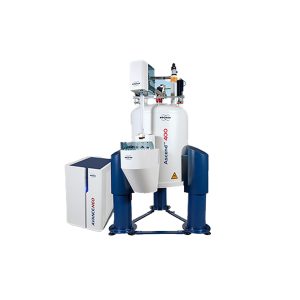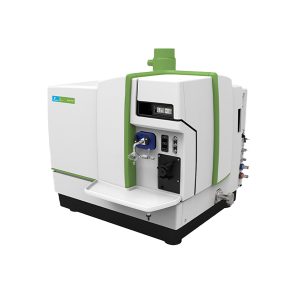Gas Chromatography Mass Spectrometer (GC-MS)
Brand : Agilent
Model : Agilent 7890A (GC) / Agilent 5975C (MS)
Gas chromatography mass spectrometry (GC-MS) is an instrumental technique, comprising a gas chromatograph (GC) coupled to a mass spectrometer (MS), by which complex mixtures of chemicals may be separated, identified and quantified. This makes it ideal for the analysis of the hundreds of relatively low molecular weight compounds found in environmental materials. In order for a compound to be analysed by GC-MS, it must be sufficiently volatile and thermally stable. In addition, functionalised compounds may require chemical modification (derivation), prior to analysis, to eliminate undesirable adsorption effects that would otherwise affect the quality of the data obtained. Samples are usually analysed as organic solutions consequently materials of interest (e.g. soils, sediments, tissues etc.) need to be solvent extracted and the extract subjected to various ‘wet chemical’ techniques before GC/MS analysis is possible.
The sample solution is injected into the GC inlet where it is vaporized and swept onto a chromatographic column by the carrier gas (usually helium). The sample flows through the column and the compounds comprising the mixture of interest are separated by virtue of their relative interaction with the coating of the column (stationary phase) and the carrier gas (mobile phase). The latter part of the column passes through a heated transfer line and ends at the entrance to ion source where compounds eluting from the column are converted to ions.
The next component is a mass analyser (filter), which separates the positively charged ions according to various mass related properties depending upon the analyser used. Several types of analyzer exist: quadrupoles, ion traps, magnetic sector, time-of-flight, radio frequency, cyclotron resonance and focusing to name a few. The most common are quadrupoles and ion traps. After the ions are separated they enter a detector the output from which is amplified to boost the signal. The detector sends information to a computer that records all of the data produced, converts the electrical impulses into visual displays and hard copy displays. In addition, the computer also controls the operation of the mass spectrometer.






